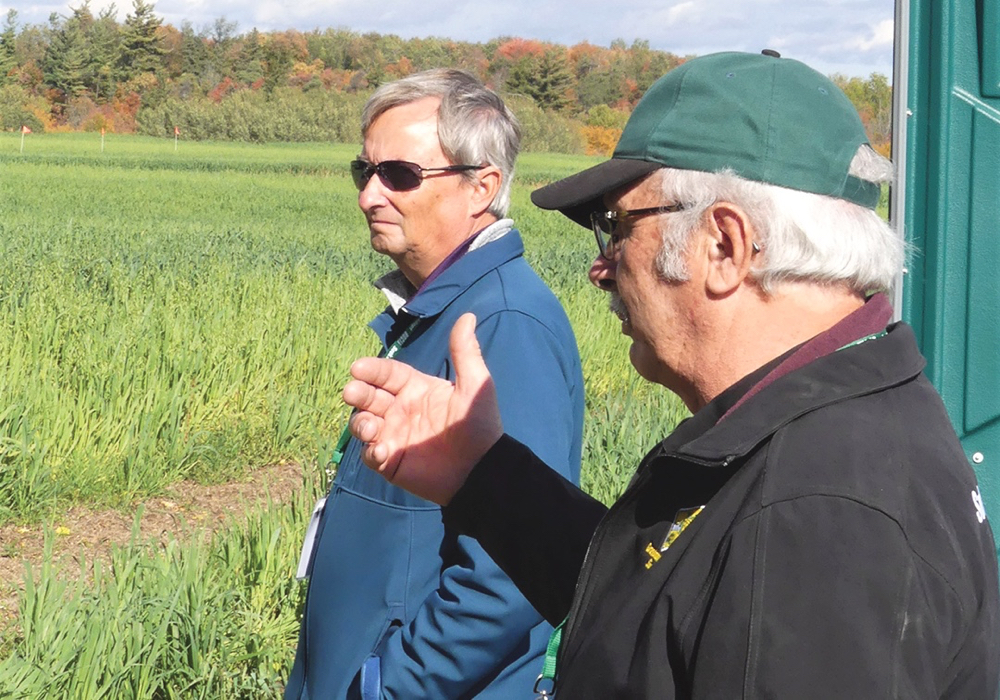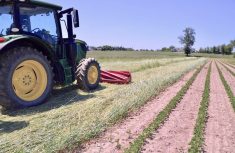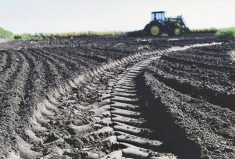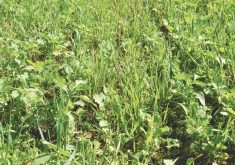A four-year federal-provincial agreement to fund a series of field-scale soil health research projects is underway across southern Ontario.
In all, 25 co-operator farmers have taken on side-by-side plots at which a focus will be placed on either cover cropping, tillage, organic amendment application or some combination. At seven other locations, described by Ontario Soil and Crop Improvement Association (OSCIA) executive director Andrew Graham as situated in “priority sub-watersheds of southern Ontario,” edge-of-field monitoring will track indicators of soil health and run-off water quality.
Why it matters: Before adopting soil conservation best management practices, farmers need to have confidence in the science behind them.
Read Also
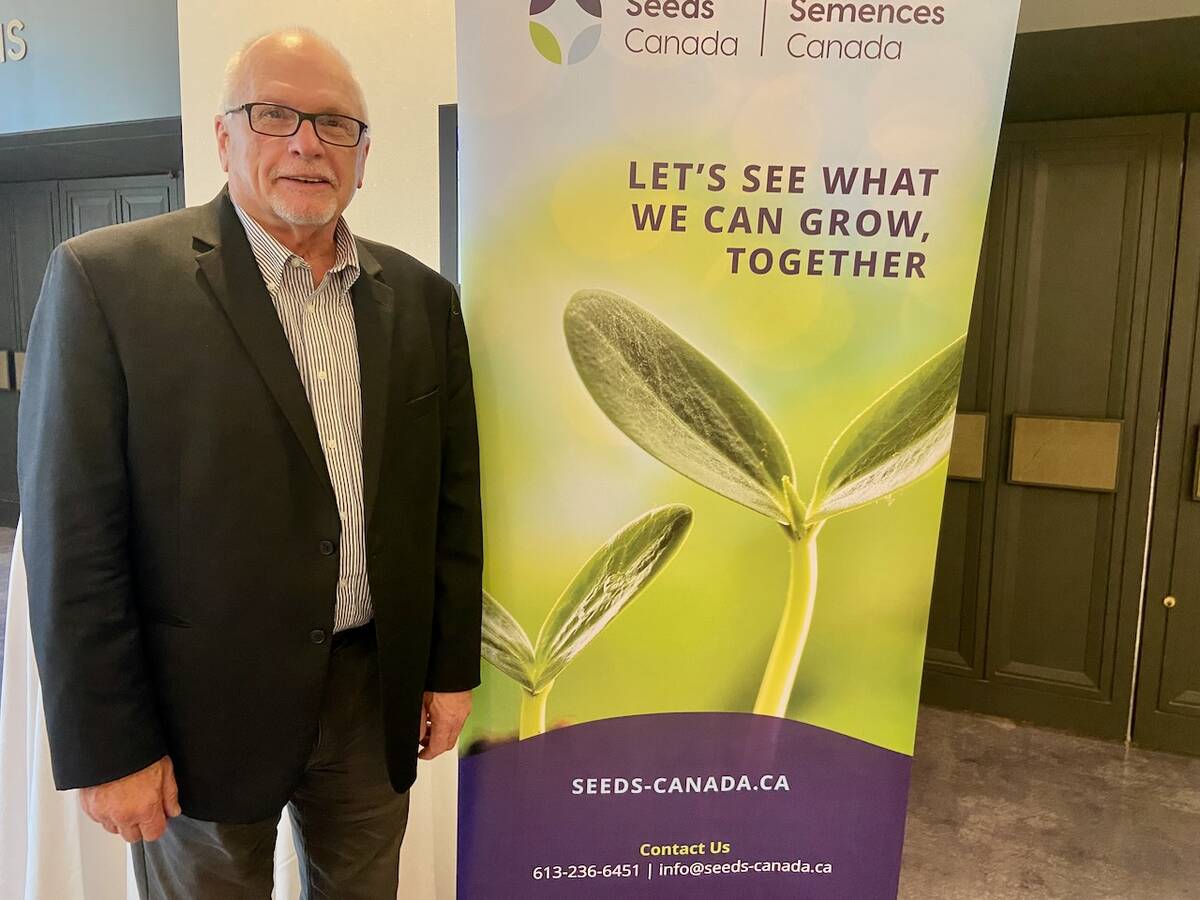
Senft to step down as CEO of Seeds Canada
Barry Senft, the founding CEO of the five-year-old Seeds Canada organization is stepping down as of January 2026.
OSCIA administers the project, called ONFARM (On Farm Applied Research and Monitoring).
The program builds on work completed under the Great Lakes Agriculture Stewardship Initiative’s Priority Sub-watershed Project and aims to help the sector meets commitments under the Great Lakes Water Quality Agreement.
Also involved, along with both federal and provincial agriculture ministries, are a number of conservation authorities, as well as the Guelph-based Soil Resource Group (SRG) research consulting firm.
According to SRG senior researcher Don King, the first step after the funding was announced in December 2019, was to gather a list of approximately 100 potential co-operating farms. This was narrowed down to 39 by making it regionally representative as well as representative of Ontario agriculture’s soil types and landscape.

Those 39 were interviewed and went through a scoring process, leading to a final decision about the 25 compared-trial sites.
At Greenholm Farms, Gord Green admitted there were some sacrifices necessary to be a part of ONFARM. Their project, which will compare a harvested wheat field with no cover crop versus a no-till oat cover crop, with or without the application of biosolids from the farm’s on-farm biodigester, required adjustments to the way they spread the biosolids to accommodate the small plot widths.
The oats, which were seeded in late July, were about two weeks from being chopped and stored for feed when the event was held on Oct. 8.
SRG researcher Adam Hayes held up a clump of oats from where the digestate had been applied, and another from where it hadn’t been applied. There were clear differences, both in colour (a deeper green with the digestate) and root mass.
“Not a bad height on this (from no digestate) but it just doesn’t have the colour,” Hayes said.
Volunteer winter wheat was also present in the field. Hayes showed the root mass was close to that of the oats, meaning even leaving the wheat to reseed can be beneficial. However, there isn’t the benefit of above-ground organic matter taken into the soil.
If oats are not chopped for feed, Hayes said, they shouldn’t be seeded to early so they don’t head out before winterkill. That least to excess straw to be broken down.

According to Hayes, on 17 of the side-by-side sites, the combination of organic amendments and cover crops has been pursued. One site has a 14-species mix. Most cover crops have been planted after cereal grains; others were interseeded into standing corn or soybeans. The range of organic amendments includes dairy, hog, poultry, beef and one horse manure site, as well as mushroom compost and biosolids.
Green is a proponent of oats as a single-species cover crop. They respond well to organic amendments, whether it’s manure or digestate. Even though they don’t have deep roots, they’re great for promoting mycorrhizal activity. Corn grown at Greenholm after oats, he says, “always looks great.
“And if you have the facilities to store it, it makes excellent feed.”
A technical working group comprising experts from the participating agencies is leading the research efforts.
ONFARM also includes a stakeholder engagement working group (SEWG), which includes diverse representation ranging from commodity organizations to post-secondary institutions, and from Fertilizer Canada to the Ecological Farmers Association of Ontario. SEWG aims to facilitate communication of the project’s findings, as well as explore possibilities for extending the research projects beyond the four-year scope of the federal/provincial funding agreement.



